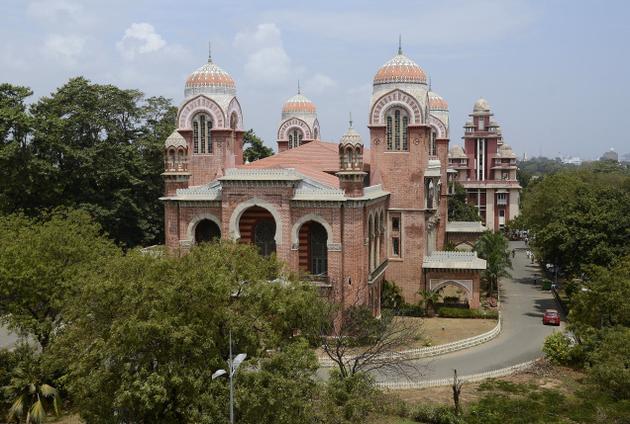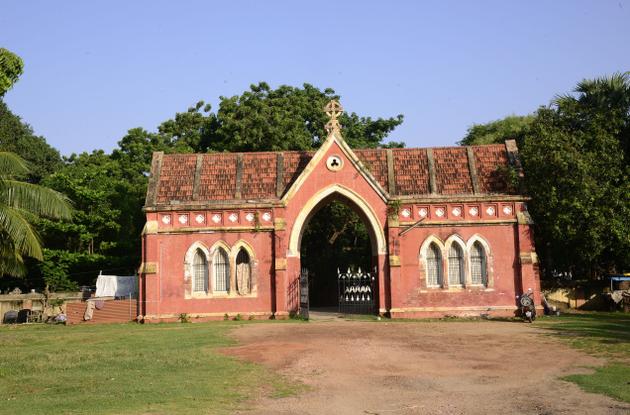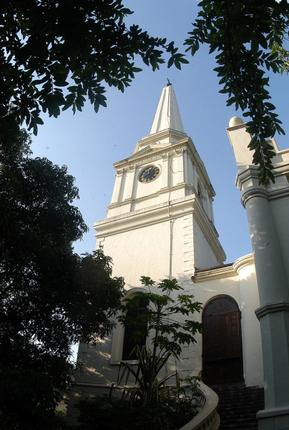
Anusha Parthasarathy flips through the pages of history and writes about three battles that were fought in the city and the places associated with them
Have you ever wondered if battles were fought over Madras? Or if troops marched out of Fort St. George and cannons were loaded and fired whilst a commanding officer shouted out orders? If elephants trumpeted battle calls as foot soldiers followed behind in thousands? If so, where did these battles take place and what happened to the places where they were fought?
In those days, every time a stronghold was established, it was challenged. Take, for instance, Portuguese San Thome. The Portuguese established quite a city within its limits only to be attacked by the French, the Dutch and the Golconda forces. Churches were taken over, buildings were razed to the ground and San Thome fell, before it was handed over to the British. It was a similar story with the Dutch at Sadras. But, those, of course, were separate towns.
Battle of Madras or First Carnatic War
Francis Day landed in Madras and built the first fort in 1640. In 1657, Mir Jumla attacked the fort but was defeated in the Battle of Vepery. In 1690, the city was attacked by a French fleet, while in 1700, the fort was at siege by the Nawab. The fort was also under constant threat from local rulers and parties. But in the 1700s, Madras was the cause of one important war between the British and the French. This war and its outcome eventually led to smaller battles; The First Carnatic War.
The Story of Fort St. George by Col. D.M. Reid has some interesting details on the war. It says that between 1710 and 1746, there was a steady increase in trade, and therefore, the fort was under continual threat of war. Reid explains that whenever England was at war with France in Europe, it had repercussions here as well. And so, when news of war between France and England reached Madras in 1744, a French fleet under Admiral de la Bourdonnais arrived at Madras. There was a skirmish with a part of the English fleet, which was dispersed.
Dupleix, who was the French general then, insisted on an attack and so in September 1746, another fleet appeared off the coast and landed troops near the present Madras University. The fort was bombarded from sea and it fell in three days. Robert Clive was taken prisoner along with the others in the Company and the French occupied the Fort for three years. History of British Rule in India by Edward Thompson, Edward T. and G.T. Garrattsays that the French, with their ‘avaricious exactitude’, took everything they could lay hands on. In 1749, with the Treaty of Aix-La-Chapelle, Madras (Fort St. George) was given back to the British.
Battle of Adyar
In November 1746, the Nawab of Arcot, Anwar-ud-din sent an army to aid the British and take the French out of Madras. His army engaged with a battalion of French soldiers, led by Captain Paradis at Quibble Island, near the Adyar River. Madras Matters by Jim-Brayley Hodgetts says that there were 500 French soldiers who were outnumbered 10 to 1 by the Arcot army. But the battle went down in history because, like History of British Rule in India by Edward Thompson, Edward T. and G.T. Garrattmentions, ‘The French at once broke through the charm of his timorous opinion by defeating the whole army with a single battalion’. The book also points out the probable reason for the Nawab’s defeat.

‘What the skirmish really did was to lift Europeans from temporary pusillanimity, and to show the enormous superiority of the bayonet and musket over the antiquated pike — still more, over the toy weapons of the Orientals.’ Later on, the area between the San Thome Fort and the river where the Nawab’s forces marched, was where several English garden houses were built in the century that followed. Some of the homes were Mowbray’s Gardens (now Madras Club), Brodie’s Castle and Leith Caste.
Siege of Madras
Robert Clive left Madras to work in Bengal and the northern parts of the Fort were being completed. Britain was happy over the many victories it had under Clive’s leadership and had sent him and his men to work in Bengal. At this time, Comte de Lally, a French general, arrived at Pondicherry with his troops to strengthen the French possessions along the coast. The Story of Fort St. George by Col. D.M. Reid, says that the siege began in December 1758 and lasted 67 days. It ended with the arrival of a powerful British fleet in February 1759. The French kept up a continual shell fire for 46 days and the fort was reduced to a wreck. The upper stories of houses were also not spared. The only building inside the fort that survived was the St. Mary’s church. Reid writes that Black Town was ruthlessly pillaged by the French, who also destroyed the village of Chepauk.

source: http://www.thehindu.com / The Hindu / Home> Features> MetroPlus / by Anusha Parthasarthy / Chennai – October 08th, 2013